The science behind what falling in love does to our brains and our bodies
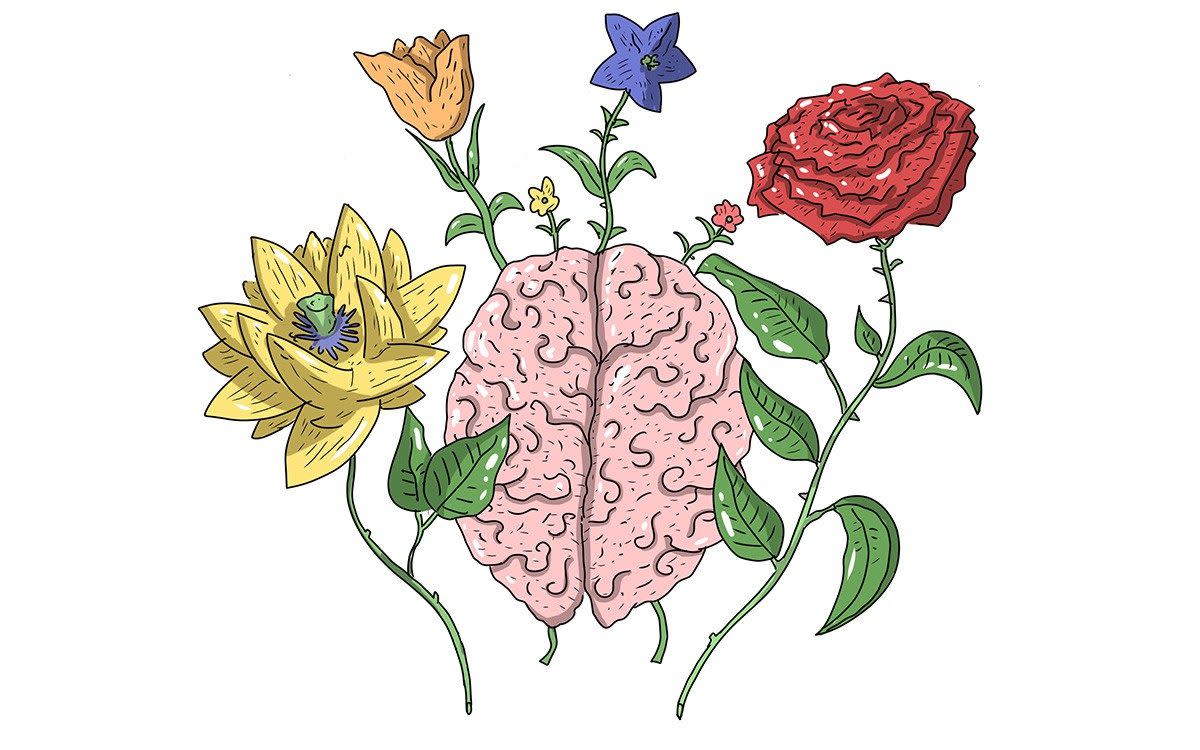
- Oops!Something went wrong.Please try again later.

It is the topic that has occupied the minds of poets and philosophers since time immemorial: love. With Shakespeare famously writing: “The course of true love never did run smooth.”
Love can drive us to distraction, but what is actually going on in our brains and bodies?
Dr Helen Fisher, biological anthropologist and author of Anatomy of Love, explains:
“When you fall in love, there are a lot of bodily responses,” says Fisher. “The neurotransmitter norepinephrine, which plays a key role in arousal and alertness, causes increased heart rate, increased blood pressure, and dilation of pupils. And norepinephrine and adrenaline can cause sweaty palms and butterflies in the stomach.”
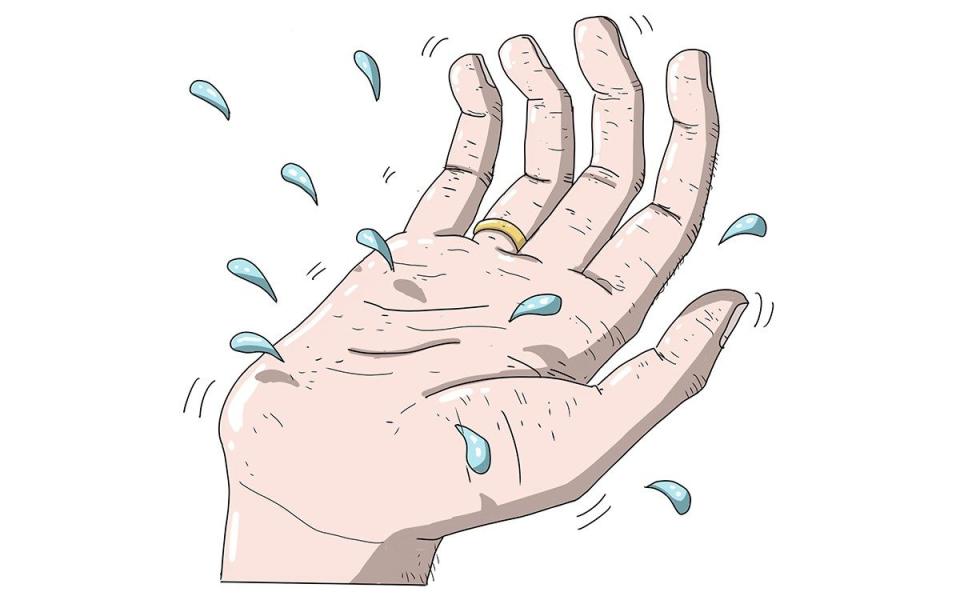
Fisher says the first thing we need to be clear about is what drives the feeling of romantic love.
This, she says, is foremost: dopamine – a neurotransmitter and hormone that acts in the brain to give feelings of pleasure, satisfaction and motivation.
In 2005, she and her colleagues from the New York-based Albert Einstein College of Medicine, were the first to put people in love into brain scanners and study the brain circuitry of romantic love.
She says: “We found increased activity in a little factory near the base of the brain that makes dopamine and sends it to many brain regions, giving you the focus and energy, motivation and craving for a particular person, and the belief that this person is totally special.
“You can talk until dawn, you have euphoria when you’re with them and despair when you’re not; you can have insomnia, loss of appetite and a host of other feelings – particularly obsessive thoughts about him or her. It’s this dopamine that drives people to write love letters and poetry and crave a person and do intense things.”
In contrast to this, she says the feelings of lust and attachment, although similar, are different systems in the brain.
“Lust is driven largely by testosterone and initially evolved to create the desire to start the mating process. Dopamine enabled our forebears to focus on just one person. Together lust and romantic love evolved to pass on our DNA. Then deep attachment, driven largely by oxytocin, evolved to enable us to stick together long enough to ensure the survival of our young.
“These three systems are quite different, but they do overlap so they can lead to confusion. For instance, if you have casual sex, this can also drive up dopamine, so you may think you’re in love.”
Long-term love and positive illusions
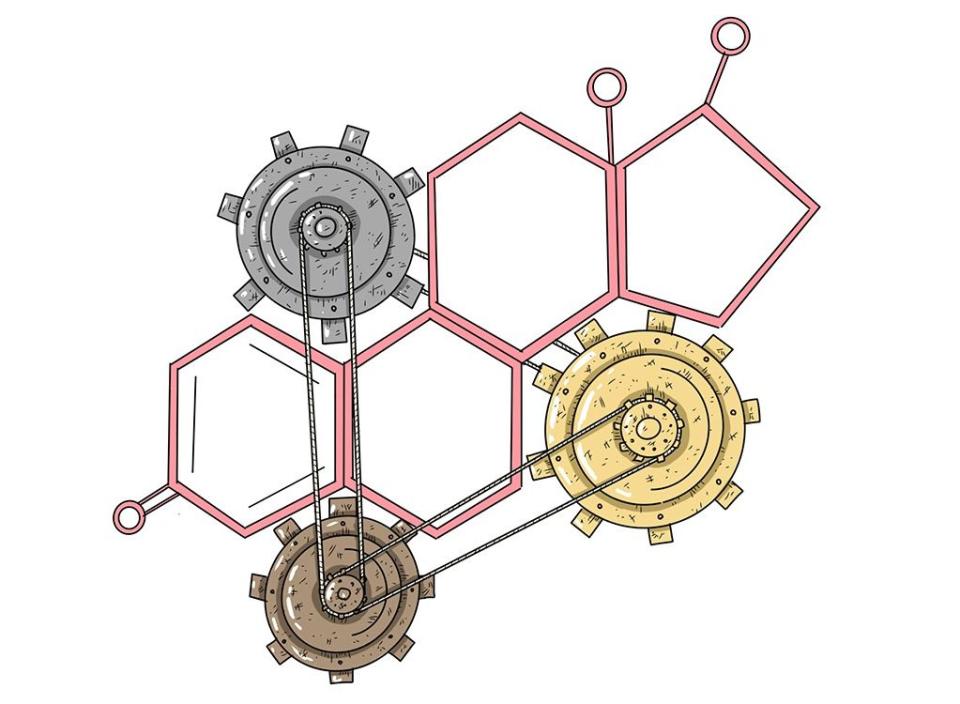
In 2011, Fisher and her team also looked at long-term love, studying 10 women and seven men who were married an average of 21 years and said they were still in love with their partner.
“We put them in the brain scanner and the brain regions for lust, romantic love and attraction all became activated when they looked at a photo of their long-term partner. We were able to prove that you can remain in love long-term.”
She also studied happiness, finding that those who scored very high on the partnership happiness scale also showed more activity in three other brain regions: those associated with empathy, with controlling your own stress and emotions, and with the ability to overlook the negative points of your partner.
“We are built to remember the negative, known as negativity bias,” Fisher says. “But when you are in love, activity in this brain region reduces, known as positive illusions. You overlook the negative and think of the positive things about your sweetheart.”
She adds: “If you want to spark up Valentine’s Day, I recommend that you fire up all three brain systems for mating and reproduction. Kiss and hug to drive up testosterone. Do something novel together to upregulate dopamine. And stay in touch, hold hands and cuddle to drive up the oxytocin that gives you feelings of attachment. You might also say nice things to your partner; this reduces their cortisol and blood pressure and boosts your own immune system as well as theirs.”
When you fall in love you even feel pain less acutely.
Love is a drug
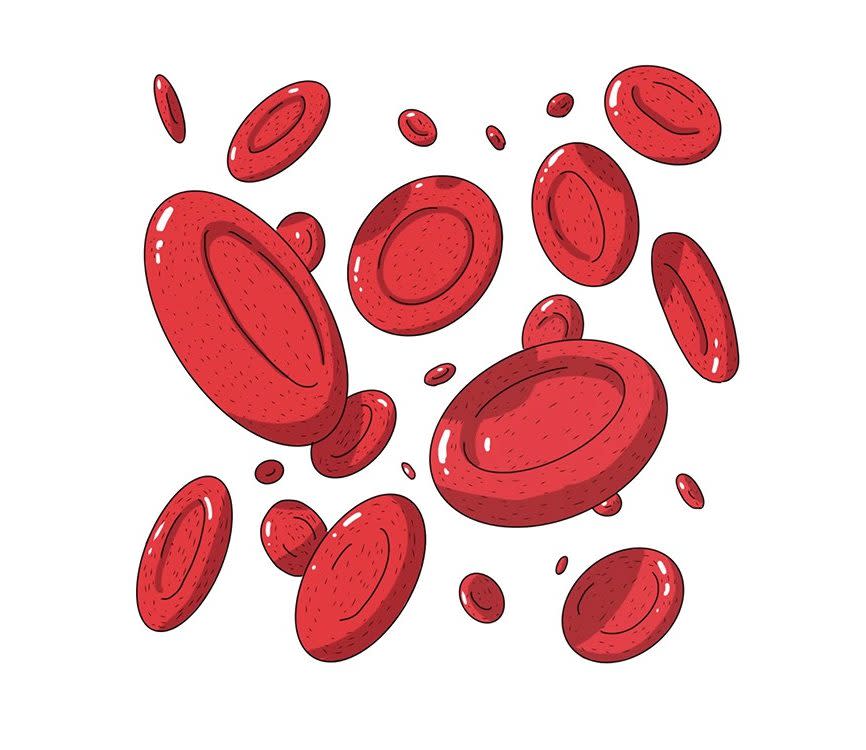
But her view that dopamine is the driver of love, and that love, lust and attachment are led by three different brain systems is hotly contested.
Dr Adam Bode, a romantic love researcher at the Australian National University in Canberra, believes that love is much more complicated – and that far from dopamine, it is actually the neurotransmitter opioids that actually drive love.
He says: “My colleagues and I believe love is much more complex and that love, lust and attachment are highly interlinked.
“We also believe that opioids are very important in the feeling of being in love, more so than dopamine.
“Opioids are hugely linked to pleasure, and akin to taking drugs like cocaine and heroin. They are powerful and addictive.
“They make you dependent on loved ones, they give you a high when you’re with them and make you feel horrible when you’re away from them.
“That’s why if your partner dies, or you get rejected, it can feel so hurtful and unpleasant – it’s like withdrawal.”
Confusing lust and love
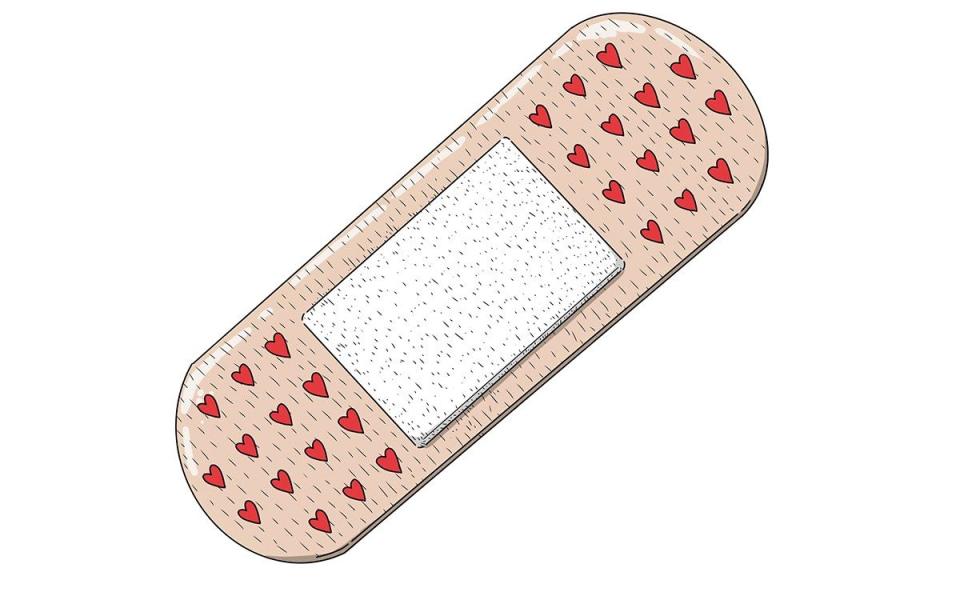
Dr Anna Machin, an evolutionary anthropologist and author of Why We Love: The definitive guide to our most fundamental need, also agrees that love is a very complicated science.
She has spent 20 years looking at love from a biological and evolutionary perspective, mostly at the University of Oxford.
She says: “Love is where you develop a psychological attachment or someone. It’s a very complicated phenomenon, led by opioids.
“It definitely does not occur when you first set eyes on someone, that’s different chemicals at work, chiefly dopamine, oxytocin and serotonin.
“So, I’m sorry to break it to people, but there is no such thing as love at first sight. It’s lust at first sight.”

She explains that while lust is “an unconscious drive related to reproduction” love involves both unconscious and conscious cognition.
The unconscious area – essentially the limbic part of the brain – is ancient and drives lust, passion and nurture, the drives we share with other mammals.
“Attraction is a completely unconscious drive, a quick, sensory process that will reward you to cross the room and say hello to someone you fancy,” she says.
In contrast, love also engages the conscious brain, or neocortex, which gives us empathy, trust, abstract ideas about our relationship and the ability to love in the absence of the other person.
“This is what separates humans from other animals in terms of love, in that our love uses both those areas of the brain,” she says.
She adds that often people confuse attraction for love and compatibility.
“The TikTok generation is obsessed with chemistry,” she says. “But once you engage the conscious brain, it is far more about if you find someone funny, and if you have similar values, and what your family will think of them.”
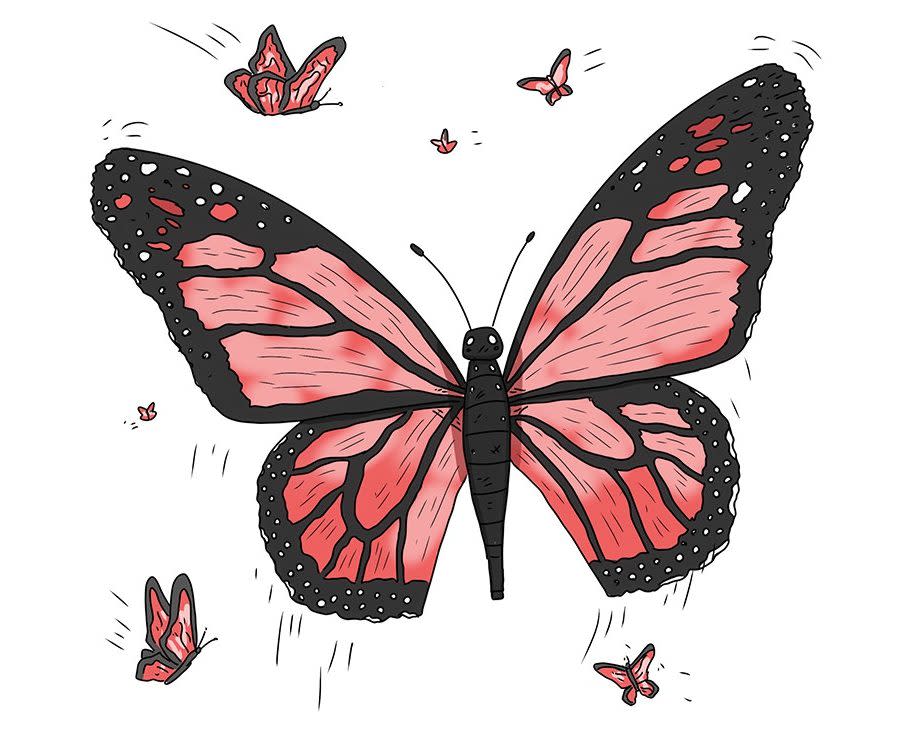
In her research, she has looked at the physiological effects of love and lust on the body.
She says: “The adrenalin causes all the bodily effects we know of – the racing heart, the butterflies.
“But in long-term love, the butterflies and racing heart are replaced by bio-behavioural synchrony.
“This is when every mechanism in your body comes into synchrony with your partner when you interact with them, and especially if there is touch and eye connection, which are the two most important bonding behaviours.”
She explains that if two people who are in love spend five minutes together, their neurochemical levels, for example, of oxytocin, will become the same, as will their blood pressure, body temperature and heart rates.
“We see this with children and parents as well, which is why a baby is laid on a parent’s chest, to get its bodily mechanisms to match the parents,” she adds.
“Essentially, what we see is two people becoming one organism. That’s the biological definition of soulmates.”

As romantic as this sounds, she insists that we do not in fact need romantic love.
She says: “We tend to put it on a bit of a pedestal. It’s a multibillion-dollar industry. We’re driven to think it’s very important.
“The relationships you have are the number one factor in your mental and physical health and your longevity. But it doesn’t need to be with a partner. Friendships are incredibly important, so are family and community. Romantic love is not the pinnacle of achievement – we are just sold that it is.”
So, if you’re alone this Valentine’s Day…? “Just don’t feel bad if you don’t have romantic love,” she says. “Take a look around you. Where do you find the love in your life? It could be with your dog – they are so beneficial.”
She reiterates that the one thing we really need to know about love, is that it is not just in the brain or heart.
She adds: “The neurochemicals released in love are also released when we physically hurt ourselves, it’s a natural painkiller.
“But it’s also released in the physical interactions, when we touch, hug or laugh with people.
“This is what makes long-term relationships work, because when we interact with our partners we have a hit that makes us feel amazing, but when we get away from them we suffer withdrawal effects.
“Love and its neurochemical processes apply consistently in all ages. You can fall in love as profoundly when you’re 21 as when you’re 55. And it really is a whole-body experience, not just in your brain,” she says.
Recommended
Twice, 12 times or 24 times a month – is your sex drive normal?

